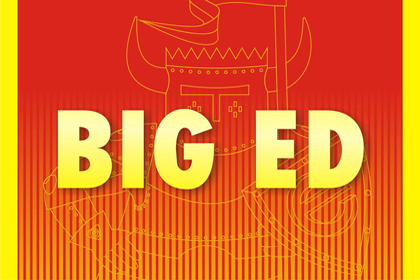
This is the Eduard, Big Ed (BIG 3514), photo etch set for the ‘German Sturmgeschütz III, Ausf. G‘ from Tamiya.
Detail set |
Tamiya |
||||
| (35 365) | Basic | ||||
| (35 372) | Schürzen | ||||
| (35 491) | Zimmerit | 35 197 | |||
| (XT 982) | Wheel mask | ||||
Source: Eduard
This is the Tamiya, 35 197-2600 kit in 1/35 scale, of the ‘German Sturmgeschütz III, Ausf. G – Early version’.

As it was mainly intended for close fire support for the Wehrmacht, it was used as self-propelled artillery against the opposing enemy’s strategic points. However, when the German forces encountered the Russian KV and T-34 tanks on the Eastern front, the situation abruptly changed. To cope with this Russian tank threat, the Germans were forced to upgrade their existing weapons systems. The G-type StuG III built from late 1942 onwards, used a more powerful, long barrel 75mm L/48 gun. The early G-type had a square shaped gun mantlet.
The superstructure was redesigned and an MG42 machine gun with shield, commander’s vision cupola and smoke dischargers were added. The thin steel plates, known as Schurzen (skirts) were attached to the sides of the hull beginning in the spring of 1943. The type-42 assault gun mounted a 105mm howitzer on the StugG III chassis and was developed to fulfill the StuG III’s original role of infantry support. Incorporating several minor changes, about 7,800 G-type StuG III’s were produced.
This is the Tamiya 35 281-3000 kit in 1/35 scale, of the ‘German Sturmgeschütz III, Ausf. B’.

The Sturmgeschutz III was designed to meet this requirement, with the Ausf.B being the first mass produced variant.
Featuring a well armored crew compartment with 50mm front and 30mm side armor and armed with a 75mm StuK 37 L/24 gun, these vehicles were used during the invasion of the Balkans as well as in Operation Barbarossa. As the war went on, the StuG III found itself evolving into a tank destroyer in addition to its assault gun role, and were often used as replacements for actual battle tanks.